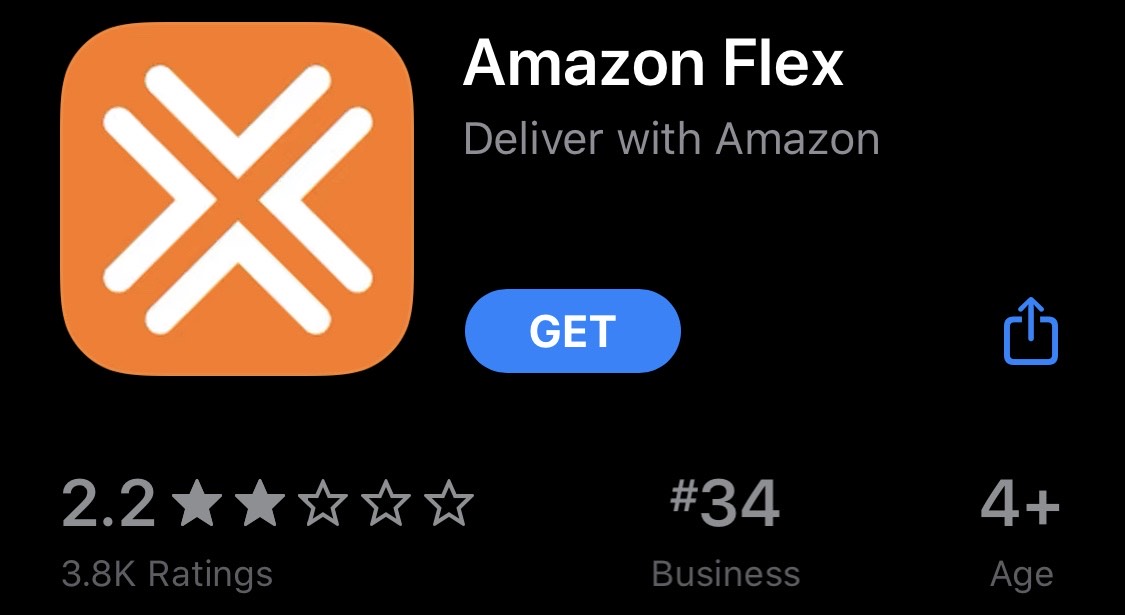
An increasing number of Amazon drivers are using bots to claim shifts, causing controversy among employees of the technology company. Following the launch of the Flex app in 2015, Amazon drivers have found ways to use bots that violate their terms of service.
Bots are the combination of hardware and software meant to mimic the action of securing a block. They also remove frustrations such as having to constantly hit “refresh” on the app. The Flex app enables contract workers to act as delivery people, transporting goods to different locations.
Using the app, Flex drivers have seconds to reserve a three to six-hour block, though many drivers are immediately at a disadvantage because of the use of bots to reserve shifts. With the implementation of these bots, legitimate drivers can lose out on their day’s earnings, which can net anywhere from $18 to $25 per hour.
Amazon’s goal in creating this app was to grow their own logistics network and rely less on UPS, FedEx and other carriers.
Drivers are required to be over 21, have a driver’s license and auto insurance, go through basic background checks and have at least a midsize sedan to register. They are responsible for their own vehicle necessities such as gas, tolls and maintenance. Additionally, Amazon provides them with a 24/7 on-road support system.
Hundreds of drivers are competing for a handful of blocks at the time making the competition very intense. Former Flex driver Jonathon Lee Provost said, “We have to fight for a meal and literally have to manually tap several times per second…until we see a block.”
Since there is no guarantee that the Flex driver will find a block, many will use different bots to ensure this is no problem. Zero Flex uses a script to analyze network traffic between the Flex app on a user’s device and Amazon’s servers. One bot is able to grab blocks before it has been released to others. Drivers pay as much as $500 to access a script.
Flex Utility allows users to filter out blocks, select and swipe blocks within a millisecond compared to the longer amount of time drivers had to spend. According to the Flex Utility developer, this does not violate Amazon’s terms of service because a user must still manually click the Flex Utility button in the Flex app.
Senior Abbey Galusha, a former Amazon worker double majoring in athletic training and psychology, worked with the company for about five to six weeks in November 2019. Galusha says she was never interested in becoming a Flex driver because the work is never guaranteed.
“Though the idea is good, I like having a set schedule,” said Galusha.
Similar to other Amazon employees, Galusha believed those using bots are unfair. “It is wrong especially for those doing right; however, with Amazon being a progressing company they need to make more shifts available that way people aren’t doing it illegally.”
Amazon is not taking this bot outbreak lightly. An anonymous Amazon spokesperson told CNBC, “We’ve committed to creating fair opportunities for our delivery partners to secure delivery blocks….The use of third-party tools… creates an unfair advantage, is against our policies and can result in removal from the Amazon Flex program.”
In their attempt to control the usage of bots, some who have never used bots are being affected. Amazon is trying their best to ensure everyone has an enjoyable, safe and fair experience as a Flex driver. Hopefully, the bot usage will decrease and allow for a higher level of fairness for all Flex users.
